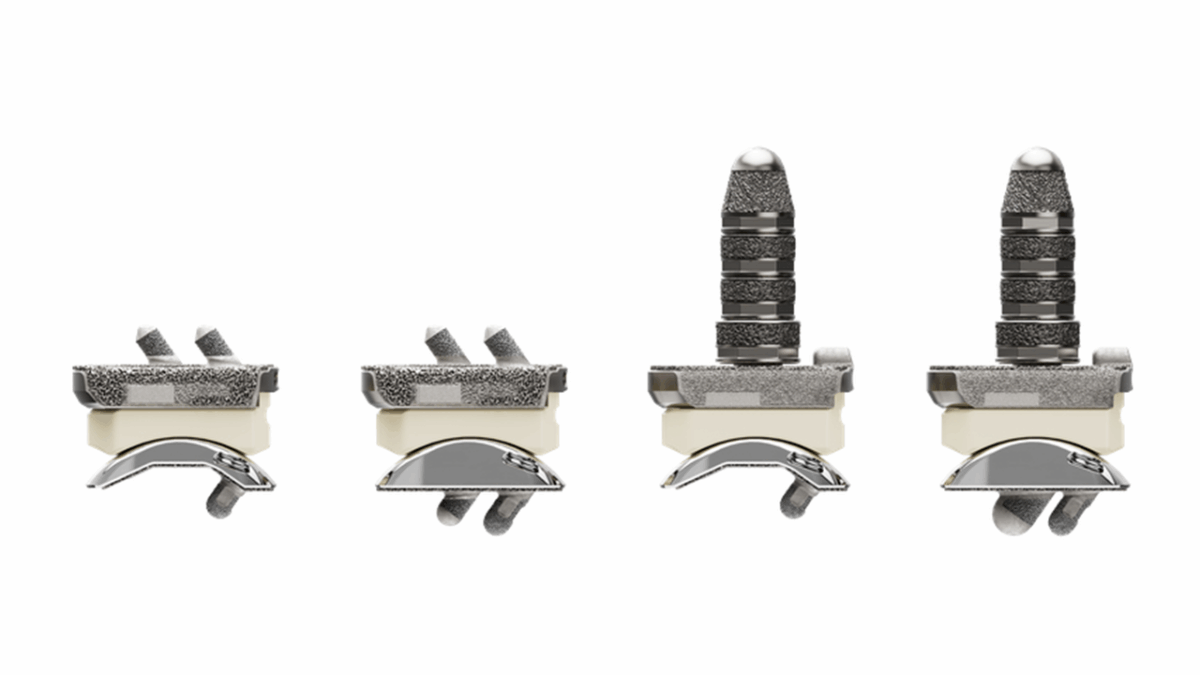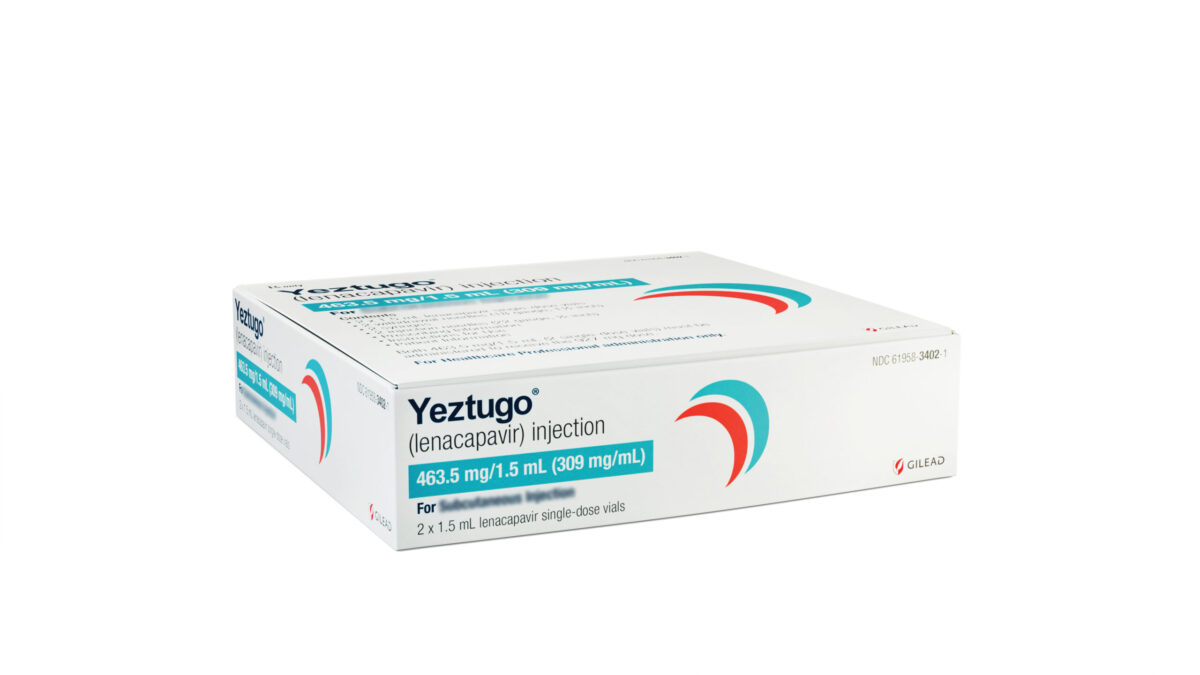What if a medication had the power to sense when and where a drugs should be released within the body? According to Christopher Bettinger, a professor of materials science and engineering at Carnegie Mellon University, medical technology is now sophisticated enough to allow us to fabricate such a device, but battery technology is holding us back.
In the journal Trends in Biotechnology, Bettinger presents his ideas on how we could create pharmaceuticals embedded with edible electronic sensors, which could be powered by charged ions found within our gut. He points out that the limiting factor on developing such a medicine, is our lack of electronic materials – which are known to be non-toxic within the body.
While ingestible devices are poised to be the next big thing in the medical industry, they are hardly a novel idea. As early as the 1970s, researchers have been experimenting with consumable electronic devices which were capable of measuring physiological data, such as core temperature.
More recent advancements in this field include the development of ingestible cameras, which are used as a visual aid for surgeons during gastrointestinal surgery. In addition, a drug adherence sensor developed by Proteus Digital Health, was approved by the FDA earlier this year to monitor how people with psychiatric illness were taking their medication.
According to Bettinger, “The primary risk is the intrinsic toxicity of these materials, for example, if the battery gets mechanically lodged in the gastrointestinal tract – but that’s a known risk. In fact, there is very little unknown risk in these kinds of devices.”
“The breakfast you ate this morning is only in your GI tract for about 20 hours – all you need is a battery that can do its job for 20 hours and then, if anything happens, it can just degrade away,” said Bettinger. His, and other research explores how common compounds found in the body – including skin and eye pigments, as well as minerals from a balanced diet – could be used to design innocuous bioelectronics.
While currently-approved ingestible devices use conventional segmented batteries – not unlike that found in watches – Bettinger questions whether a traditional battery design is necessary for these biosensor to work. Citing research published on dissolvable batteries capable of disintegrating in water in 2-3 months, he suggests that the liquids found within the body could act as the battery’s electrolytes, which could be used to power the device.
In the wake of the recent FDA approval of 3-D printed pills, and the ingestible drug monitoring device, the idea of approved “smart pills” is far from unimaginable. According to Bettinger, ingestible medications could also be less expensive than their conventional counterparts. Today’s pharmaceuticals are often so expensive, due in part to the fact that only a fraction of the active substance is absorbed efficiently by the body. If a smart-sensing pill had the ability to ensure the drug was released exactly where it was needed, it could reduce the cost of some drugs.
Bettinger said, “There are many rapid advances in materials, inventions, and discoveries that can be brought to bear on medical problems. If we can engineer devices that get the most mileage out of existing drugs, then that is a very attractive value proposition. I believe these devices can be tested in patients within the next 5-10 years.”
Sources:
- Digestible batteries needed to power electronic pills – http://www.medicalnewstoday.com/releases/299823.php
- Bettinger, C. (2015). Materials Advances for Next-Generation Ingestible Electronic Medical Devices. Trends Biotechnol.












Join or login to leave a comment
JOIN LOGIN